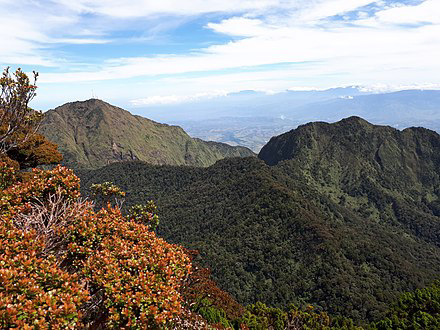Discover the Hidden Gems of Tinaga Island, Guintinua Island, and Maculabo Island
The Calaguas Islands in the Philippine province of Camarines Norte offers a paradise that can rival the most popular tourist hotspots in the country. The pure white beaches, crystal-clear waters, and breathtaking landscapes are just some of the reasons why this destination is a must-visit. Here's your essential guide to exploring the majestic Calaguas Islands.
Getting There
To reach Calaguas Islands, you can travel to Daet, a city in Camarines Norte which is 342 kilometers from Manila. Once in Daet, you can take a bus or van to Paracale, a port town, which is the jump-off point to Calaguas Islands.
The two primary ports at Paracale are Talobatib and the newly built Bagasbas Port. From there, you can rent a boat or join a group tour to Tinaga Island, the major island of Calaguas. The boat ride takes around two hours from Paracale.
Best Time to Visit
Calaguas Islands can be best enjoyed from February to June when the seas are crystal clear and the weather is perfect for island hopping. February to March is the best time for diving and snorkeling due to the ideal sea conditions.
Where to Stay
There are campsite grounds on Tinaga Island and several beachfront accommodations owned by the locals. You can search for accommodations online or contact a tour operator for a complete package with transfers, accommodation, and meals.
Activities
Snorkeling
Calaguas Islands is a haven for marine life, and snorkeling is one of the best ways to explore the underwater world. The beaches of Tinaga Island, Guintinua Island, and the minor Maculabo Island offer some of the best spots to see the underwater treasures.
Hiking
Calaguas Islands have a lot of hills where you can hike and discover a different perspective of the islands' landscapes. The island of Tinaga has a trail to the highest peak of the island called Mount Calaguas.
Beach Bumming
The main attraction of Calaguas Islands is its gorgeous beaches. You can lounge on the powdery white sand and take a dip in the crystal-clear water. The beaches of Tinaga Island are the most visited by tourists and offer beach activities like surfing and beach volleyball.
Island Hopping
You can also explore the other islands aside from Tinaga Island, such as Guintinua Island and Maculabo Island. Guintinua Island offers an excellent view of Tinaga Island, and Maculabo Island has a unique beach landscape.
Food Trip
The local cuisine in Camarines Norte is a must-try for foodies. Specialties like Bicol Express, Pinangat, and Kinunot are some of the dishes you should try when you visit.
Souvenir Shopping
The island souvenir shops offer trinkets and memorabilia that you can take home as souvenirs. The handmade crafts and accessories from the locals are a testament to the island living culture of Calaguas Islands.
Tips
- Bring enough cash. There is no ATM on the island, so make sure to bring enough cash for your stay.
- Bring insect repellent. There may be some pesky mosquitoes on the island, so make sure to bring your trusted insect repellent.
- Pack light. There is no hotel or luggage assistance on the island, so pack strategically and avoid carrying bulk luggage.
- Respect the environment. Make minimal impact while in Calaguas Islands. Avoid littering, and support eco-tourism efforts to conserve the island treasures of the Philippines.
Overall, Calaguas Islands in Camarines Norte is a must-visit destination for anyone looking for an off-the-beaten-path adventure. The island has impressive natural wonders, warm-hearted locals, and an environment that will make you feel close to nature.









